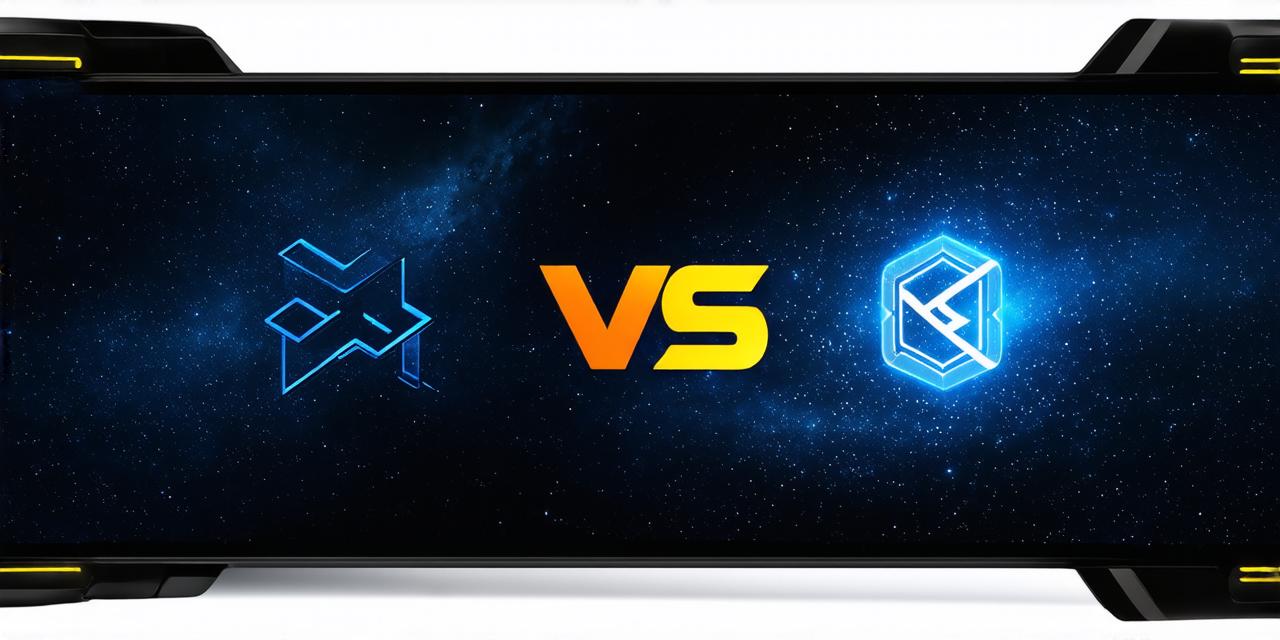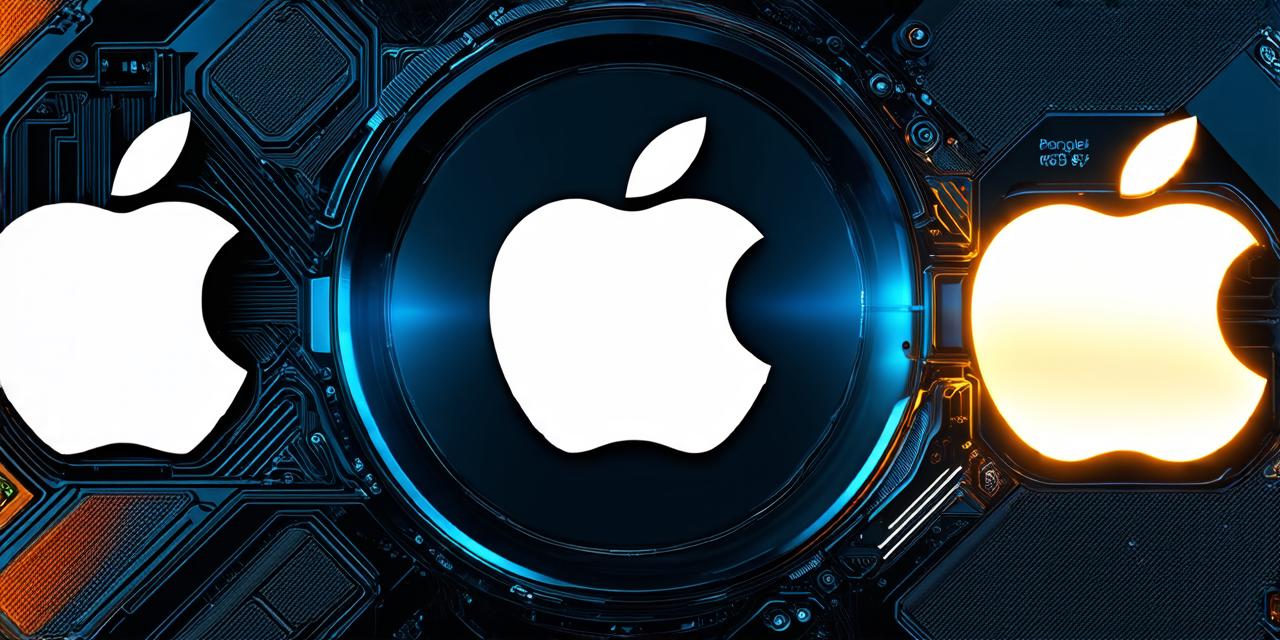In recent years, augmented reality (AR) and mixed reality (MR) have gained popularity as immersive technologies that allow users to interact with virtual objects in real-world environments.
What is Augmented Reality (AR)?
Augmented reality is a technology that superimposes digital objects onto real-world environments using a camera or display device. AR applications use computer vision algorithms to track the position and orientation of real-world objects, such as markers, and then overlay virtual objects onto those objects in real time.
This creates an interactive and immersive experience for the user, allowing them to see and interact with digital content in a way that feels natural and intuitive. AR has numerous applications in industries such as gaming, education, and marketing. For example, AR can be used to create interactive game environments or educational materials that come to life when viewed through a smartphone or tablet.
What is Mixed Reality (MR)?
Mixed reality is a technology that combines elements of both augmented reality and virtual reality (VR) to create a seamless and interactive experience for the user. Unlike AR, which only superimposes digital objects onto real-world environments, MR creates a fully immersive environment that blends the real world with the virtual world.
This is achieved through the use of sensors and tracking devices that allow the system to accurately track the position and orientation of both real-world and virtual objects.
Key Differences between AR and MR
While both AR and MR use computer vision and machine learning to create immersive experiences, there are several key differences between the two technologies:
- Interactivity: AR is primarily focused on overlaying digital objects onto real-world environments, while MR creates a fully immersive environment that blends the real world with the virtual world. This means that MR applications tend to be more interactive and engaging for users.
- Realism: AR applications are limited in their ability to create a realistic environment because they only superimpose digital objects onto real-world environments. In contrast, MR applications can create a fully immersive environment that feels more realistic because it blends the real world with the virtual world.
- Complexity: AR applications tend to be simpler and easier to develop than MR applications because they only require computer vision algorithms to track real-world objects. MR applications, on the other hand, require advanced tracking systems and sensors to accurately track both real-world and virtual objects.
- Cost: AR applications are generally less expensive to develop than MR applications because they do not require as much hardware and software infrastructure. MR applications, on the other hand, can be more costly to develop due to their complexity and the need for advanced tracking systems.
Summary
In conclusion, AR and MR are two distinct technologies that offer different capabilities and advantages. While AR is best suited for applications that require simple and interactive experiences, such as gaming or marketing, MR is better suited for more complex and immersive experiences, such as medical training or entertainment. If you are considering using either AR or MR in your application, it is important to carefully evaluate your requirements and choose the technology that best meets your needs.



